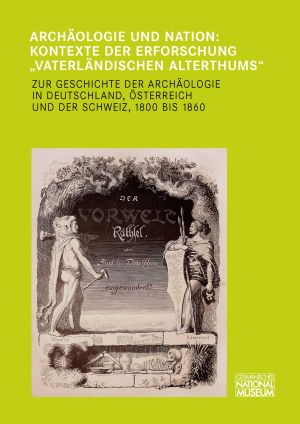How to Cite
License (Chapter)

This work is licensed under a Creative Commons Attribution-NonCommercial-NoDerivatives 4.0 International License.
Published
Die Insel Rügen und die Erforschung ihrer vorgeschichtlichen Denkmäler, 1800 bis 1860
The Island of Rügen and the Excavation of its Prehistoric Monuments, 1800 to 1860
Until the mid-19th century, Rügen remained largely untouched by prehistoric research, which was already gathering pace in Prussia and Sweden (to which the island belonged until 1815). Archaeological finds had found their way as ‘curiosities’ into a number of private collections. The historian Ernst Moritz Arndt and the painter Caspar David Friedrich were instrumental in turning local ancient monuments into stage props for a narrative of nationalist glorification. In particular, the megalithic tombs preserved in large but increasingly depleted numbers on the island of Rügen became symbols of the northern Germanic cultural landscape. The multitalented Friedrich Freiherr von Hagenow meticulously mapped and documented the megalithic tombs and burial mounds, an achievement which anticipated the modern archaeological survey and which was praised by the director of the Königliches Museum in Berlin, Konrad Levezow, as a ‘patriotic endeavour’. Johann Jacob Grümbke, a local researcher from the island, produced a detailed topographical description of the ‘ancient monuments and antiquities of Rügen’. Numerous travelogues of the island followed, with increasing emphasis, even in the first half of the 1800s, on aspects of ethnology and prehistory. The founding of the Society for Pomeranian History and Archaeology in 1824, and the opening in 1858 of the Stralsund Provincial Museum, founded and directed by the independent scholar Rudolf Baier, ushered in a new epoch of prehistoric research in Pomerania, including Rügen.







